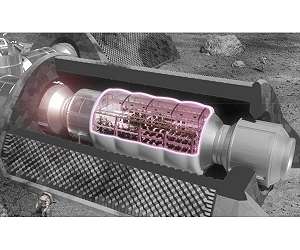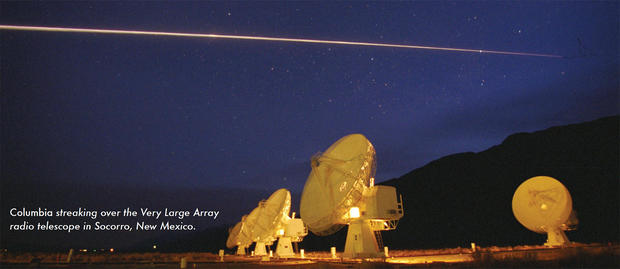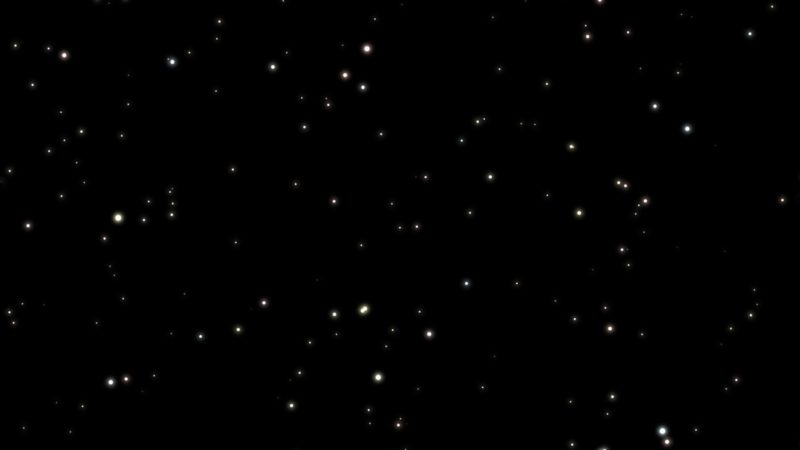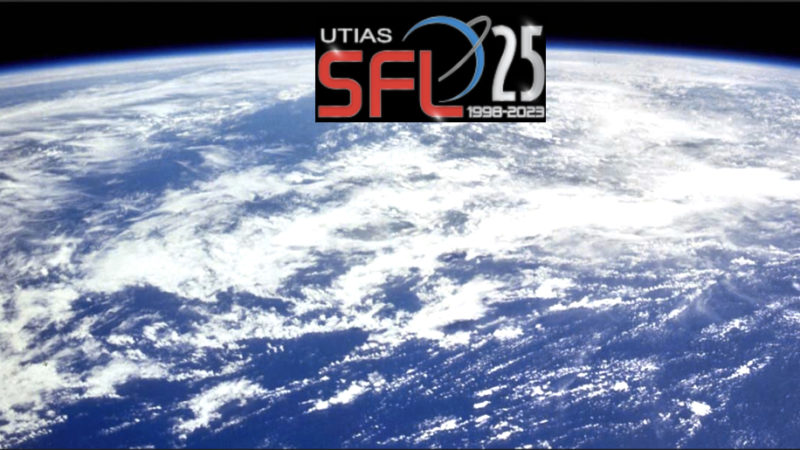Innovative model created for NASA to predict vitamin levels in spaceflight food – Space Daily
A team of food scientists at the University of Massachusetts Amherst has developed a groundbreaking, user-friendly mathematical model for NASA to help ensure that astronauts’ food remains rich in nutrients during extended missions in space.
The new research, published in the journal Food Chemistry, gives NASA a time-saving shortcut to predict the degradation of vitamins in spaceflight food over time and more accurately and efficiently schedule resupplying trips. The investigation was funded with a $982,685 grant from NASA.
“There was no information available from literature to directly answer the questions and concerns that NASA had,” says senior author Hang Xiao, professor and Clydesdale Scholar of Food Science. “We used real-time, real-life data in our study to train the mathematical model and to determine how predictive and reliable the model would be.”
The researchers painstakingly prepared and stored 3,000-plus pouches of spaceflight food according to the exact NASA recipes, thermal processing and storage specifications that are used for astronauts’ meals on the International Space Station.
Xiao and colleagues showed for the first time how thiamine (vitamin B1) degrades over two years in three crew menu options: brown rice, split pea soup and beef brisket. Xiao says it was “quite surprising” to find that while the brown rice and split pea soup stored at 20 C demonstrated resistance to thiamine degradation, the thiamine in beef brisket was much less stable, retaining only 3 percent of the vitamin after two years.
“Proving the model was as simple as comparing these measured values from two years of storage to what was predicted as early as 12 months prior,” says lead author Timothy Goulette, who was a UMass Amherst food science Ph.D. student during the study period.
The model was found to be able to predict vitamin degradation over time with “high precision,” Xiao says, which will enable NASA to provide astronauts with the nutrition they need without resorting to the use of supplements.
“NASA will be able to use a minimal amount of data to quickly and accurately predict the vitamin content of a given food at any given time at a reasonable temperature,” Goulette says. “The tool can be used for several applications, not just vitamins but other biological compounds.”
The modeling tool will be especially important as NASA plans for the first human mission to Mars. “On their longest duration missions, the need to understand the nutritional content of their foods is paramount,” Goulette explains.
The researchers note that NASA emphasizes the importance of getting nutrients from food naturally. “It’s preferred for better health,” Xiao says. “More and more research shows that your body handles a pill of vitamins differently from real food like pea soup.”
Maintaining their nutrition through familiar food has benefits for space crews beyond their physical health, especially on longer missions, Goulette notes. “NASA wants to make sure the crew gets that psychological edge of having a connection to back home on Earth. There’s a great emotional and psychological pull to food when nothing around you reminds you of home.”
The UMass Amherst research team, which also included co-authors Micha Peleg, David Julian McClements, Eric Decker and Mark Normand, hypothesizes that the surprisingly higher rate of vitamin degradation in the beef may be related to the lipid oxidation of fat during thermal processing or over time.
“Different foods have different physical and chemical properties that make thiamine more or less stable,” Goulette says.
Related Links
University of Massachusetts at Amherst
Space Tourism, Space Transport and Space Exploration News
| Thanks for being here; We need your help. The SpaceDaily news network continues to grow but revenues have never been harder to maintain. With the rise of Ad Blockers, and Facebook – our traditional revenue sources via quality network advertising continues to decline. And unlike so many other news sites, we don’t have a paywall – with those annoying usernames and passwords. Our news coverage takes time and effort to publish 365 days a year. If you find our news sites informative and useful then please consider becoming a regular supporter or for now make a one off contribution. |
||
| SpaceDaily Contributor $5 Billed Once credit card or paypal |
SpaceDaily Monthly Supporter $5 Billed Monthly paypal only |
|

![]()
Vegetable cultivation in the Antarctic for the Moon and Mars
Bremerhaven, Germany (SPX) Aug 27, 2019
Future food production in deserts and cold regions, as well as under the inhospitable conditions of future space missions to the Moon and Mars, is providing the stimulus for research in the Antarctic greenhouse project EDEN ISS, which is led by the German Aerospace Center (Deutsches Zentrum fur Luft- und Raumfahrt; DLR). DLR researcher Paul Zabel spent one year on the perpetual ice cultivating vegetables under artificial light and without soil. He was there as a member of the overwintering crew at the A … read more





